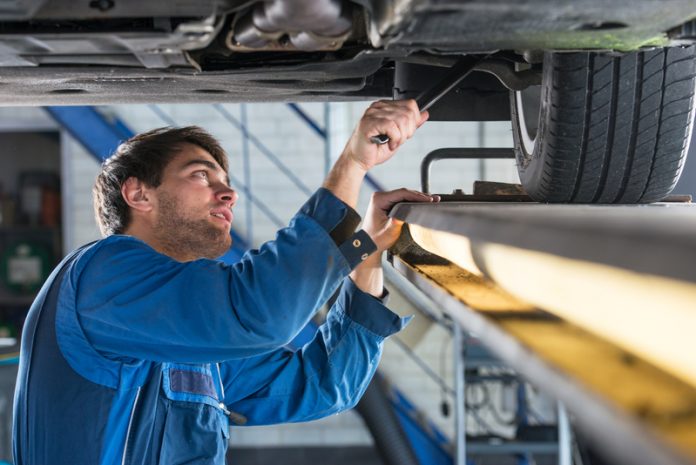The number of cars failing emissions test has more than doubled since the new MOT introduced stricter emission rules to help improve air quality
Following changes to the MOT test on 20 May 2018, more than 744,592 cars have failed the emissions test. The cars have either been taken off the road or fixed, helping to improve air quality.
This compares to 350,472 cars failing the emissions test during the same period in 2017.
Stricter emissions tests
Since 20 May 2018, a vehicle gets a ‘major fault’ if the MOT tester:
- can see smoke of any colour coming from the exhaust
- finds evidence that the diesel particulate filter (DPF) has been tampered with – this captures and stores exhaust soot to reduce emissions from diesel cars
A ‘major fault’ means you need to repair the car immediately, and it then needs to pass an MOT retest.
Number of cars failing the emissions test
Since 20 May 2018, a total of 238,971 diesel cars and 505,721 petrol cars have failed the new emissions test.
This compares to 58,004 diesel cars and 292,468 petrol cars during the same period in 2017.
The new test has also seen a 448% increase in the number of diesel vans failing. These have increased from 3,585 in 2017 to 19,648 over the same period in 2018.
Regular maintenance
The MOT is a once-a-year health check for vehicles. However, you must keep your vehicle safe to drive(roadworthy) all year round.
You should get your car checked if you think there’s a problem with the engine, and not wait until the MOT. This will not only save you money from the cost of an MOT retest, but will also help improve the environment.
Improving air quality
Poor air quality is the largest environmental risk to public health in the UK.
It’s known to have more severe effects on vulnerable groups, for example, the elderly, children and people already suffering from pre-existing lung and heart conditions.
Conditions caused or made worse by air pollution include:
- asthma
- chronic bronchitis
- chronic heart disease
- strokes
In July 2018, the Department for Transport published its ‘road to zero strategy’. This sets out how the government will support the transition to zero-emission road transport and reduce emissions from conventional vehicles.
This strategy supports the Department for Environment, Food and Rural Affairs’ plan to improve air quality by reducing nitrogen dioxide levels in the UK.
Gareth Llewellyn, Driver and Vehicle Standards Agency (DVSA) Chief Executive, said: “DVSA’s priority is to protect everyone from unsafe vehicles and drivers.
“We are committed to making a real difference to those in society whose lives and health are blighted by poor air quality.
“Since introducing the new tighter MOT emissions test in May, nearly 750,000 vehicles have been taken off the road or fixed.”
Overall MOT failure rates remain steady
In the first 6 months of the new MOT, almost 16 million vehicles have taken the test.
The overall failure rate for petrol cars (34.7%) and diesel cars (33.2%) has remained steady since the changes were introduced. They were 35.7% and 33.8% respectively in 2017.











